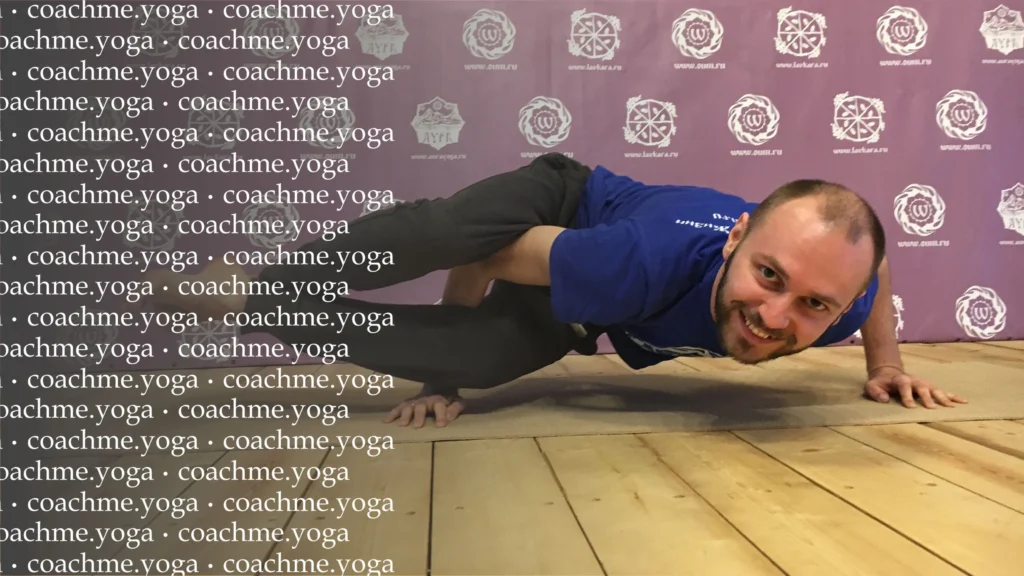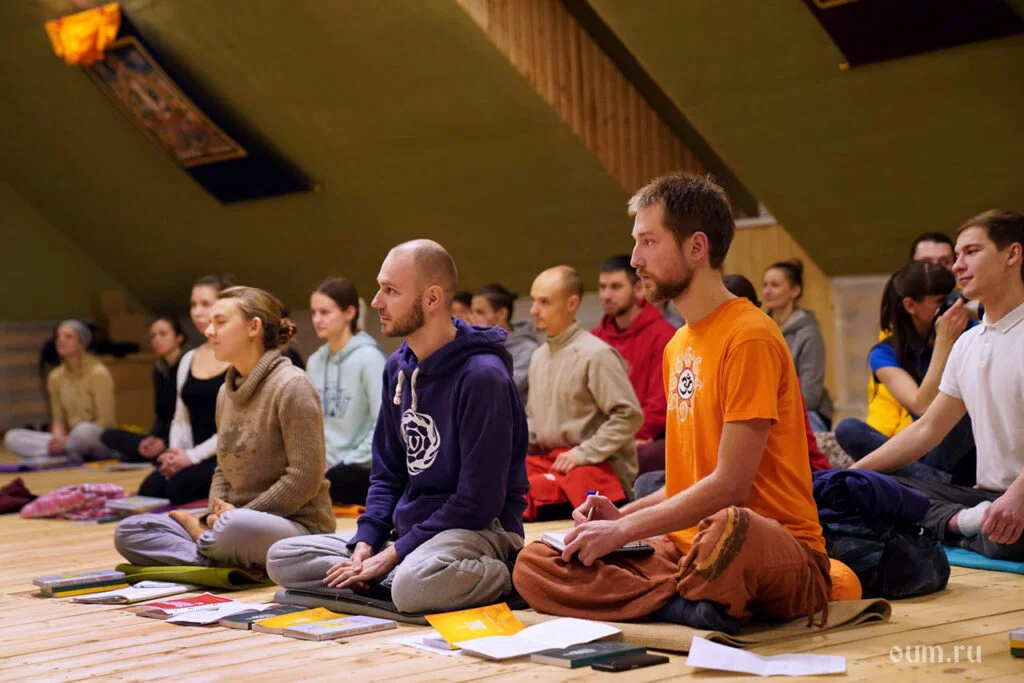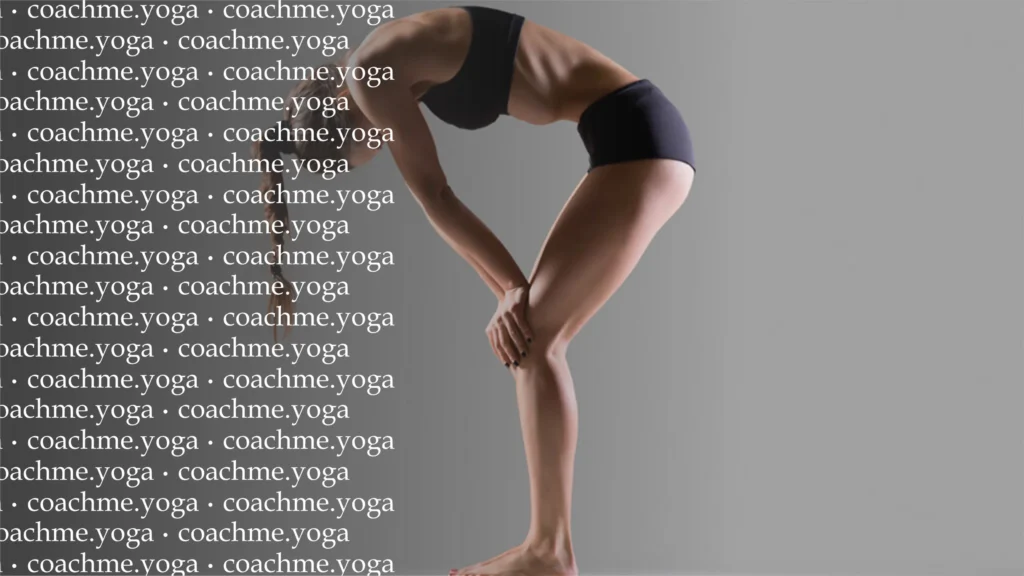What is yoga for? From modernity to origins.

In today’s world, people start practicing yoga for various reasons. According to my observations top 5 motivations can be as follows:
- health improvement;
- body flexibility improvement;
- stress or depression relief;
- weight loss;
- extra energy boost.
Despite the fact that the listed range of motivations is quite wide, yoga can really satisfy all these needs. After all, by performing a set of asanas (different body positions) on a mat, we loosen and strengthen the muscles around the spine, freeing it from tightness, tension and even curvature. By straightening the spine, we create space between the vertebrae, releasing trapped nerve channels, stimulating the supply of blood and, consequently, nutrients to the organs. Twisting, bending, and stooping naturally massage the internal organs, which in turn stimulates the glands of internal secretion.
In addition to the “hidden” bonuses of body loosening, associated with the improvement of the general state of health of the body, there are also obvious external benefits of flexibility – graceful gait and plastic movements. This aspect is most pleasing to women, especially in the age of social networks, when it is so important to post a spectacular photo for public viewing.
By loosening up the physical body, focusing on our movements and breathing, we have a certain effect on the brain as well. By distracting the mind from everyday cares and worries, the mind calms down. Slow, measured breathing regulates the frequency of the mind. A calm mind promotes relaxation of the entire body. The effects of stress are eliminated. You learn to transfer the state of calmness you experience during practice into your daily life.
Calm state of consciousness also harmonizes the work of all body systems. The harmonized work of the endocrine and digestive system eliminates the hidden causes of overweight problems. Physical activity, when performing certain body positions, helps burn fat deposits on the flanks, abdomen, hips and legs. American researchers from Hampton University have scientifically proven that yoga can indeed significantly reduce the Body Mass Index.
In a calm consciousness, when the body functions “like clockwork”, you can relax better during rest, and, accordingly, more effectively restore both physical and energetic resources. As a result, new strength for active daily activity appears. In yoga there are also narrowly focused techniques for deep conscious relaxation (Yoga Nidra, Shavasana practice), as well as for accumulation of additional energy with the help of some breathing exercises (pranayamas). Therefore, those who are looking for additional sources of energy, safely find them in yoga.

So, it turns out that yoga really satisfies all the above mentioned motivations of modern practitioners. However, the question is what the real purpose of this ancient discipline is and what the primary sources say about it. So far, it seems that it is just another kind of sport, fitness or gymnastics.
In order to understand this issue in more detail, it is suggested that we turn to one of the most authoritative primary sources on yoga, which was written more than 2500 years ago, the Yoga Sutras of Patanjali. According to Patanjali, an adept yogi is supposed to perfect himself in eight aspects of yogic practice in order to reach the ultimate point of realization.
As strange as it may seem today, Patanjali’s eightfold path of yoga starts from moral and ethical values. Yama, the first step of yoga, tells how a yogi should behave in relation to the society around him. Doing no harm (ahimsa), truthfulness (satya), not stealing (asteya), controlling feelings and emotions (brahmacharya), and not coveting (aparigraha) are the recommended practices to begin with. Niyama, or the second stage of yoga, governs the adept’s relationship to the self and consists of: keeping the mind and body pure (shaucha), contentment in all that one has (santosha), perseverance in practice (tapas), constant deepening of knowledge (svadhya), and devotion to the Supreme or service (Ishvara pranidhana).
By practicing yoga, one becomes stronger physically and mentally. If a person does not have an inner core consisting of principles of ethical behavior and the willpower to adhere to these principles, the strength gained from the practice can only cause harm to others. Incorrect behavior towards others entails the accumulation of negative karma. This chain of cause and consequence will eventually lead to a deplorable outcome. Therefore, Yama and Niyama are the anchor that determines the vector of the practice on the path of yoga, and consequently the final result.
The third stage of yoga is the one component of yoga, which in the modern world is perceived by most people as the whole practice of yoga – Asana (body posture). “Sthira sukham asanam” reads the 46th sutra of the second part of the treatise, which translates from Sanskrit as ‘asana is the perfect stability of the body’. It is believed that the body position that a yogi adopts for a particular purpose should indeed be free and stable, and “the effort directed towards its fulfillment should lose the nature of effort. Then within comes a state of boundless being” (Sutra II.47). To achieve this perfection, however, it is often necessary to exert titanic effort, performing various complexes on the mat for many years.
Once a yogi has achieved perfection in asanas, his journey is not over. In the 49th sutra of the second part of the treatise, Patanjali for the first time points to the sequence of development principles, recommending that the next step, breathing techniques (Pranayama), should be started after mastering the previous one (i.e. Asana). Probably, it is connected with the fact that, loosening the body, we loosen the energy channels, which promotes the unimpeded flow of energy and guarantees the even distribution of this energy throughout the body during the performance of breathing techniques.
Pranayama involves the control and observation of clearly regulated time and sequence of inhalations, exhalations, and delays (II.50). By practicing various breathing techniques, as instructed by the teacher, the practitioner increases the flow of energy in the body and strengthens the mind. The texts state that in the fourth (highest) stage of Pranayama, breathing is done without the participation of the human will (II.51). Here the movements of the mind cease and the delusions that are born in ignorance and illusions that cloud the mind are dispelled (II.52). The inner light of wisdom begins to shine and the yogi is ready to begin the practice of concentration (II.53).
Figuratively speaking, Pranayama disperses the clouds, i.e., the thoughts that cloud the mind, but the senses remain, rushing towards eternal pleasure. Therefore, in the next stage of his practice, the yogi turns the mind’s attention from outside to inside, so that the senses no longer pester him to satisfy their endless desires. Here the senses lose interest in the tastes and flavors of objects and turn from the outer world back inward to assist the mind in its inner search. This is Pratyahara (II.54). The result of Pratyahara is absolute control over the senses (II.55). When the senses are no longer chasing the pleasures offered by the phenomenal world, they can literally be harnessed to serve the soul. Here the external search (external practice) is completed and the yogi finds himself on the threshold of the inner search.
Once a yogi becomes a master of yama, niyama, asana, pranayama and pratyahara, he begins to master the art of concentrating the mind and consciousness. This is the sixth stage of yoga – Dharana. The main purpose of Dharana is to stop the fluctuations created by thought disturbances and help the practitioner achieve unidirectional concentration. Dharana occurs when the mind is able to become steady or centered on a fixed object (III.1).

At this point comes true meditation or the seventh stage of yoga, Dhyana. The prerequisite for meditation is to maintain a continuous flow of attention on one fixed point or area. This process should be without interruption and exclude any interference. In Dhyana, the mind observes itself, its behavior, so psychological and chronological time stops (III.2).
When the attentive stream of consciousness, i.e. the subject of meditation, merges with the object of meditation, Samadhi, the last stage of yoga, occurs. Due to the continuous flow of attention, the separation between the visible object and the contemplator who sees the object disappears. Consciousness ceases its work and becomes silent. It is deprived of the “”Self“” and, in a profound state of tranquillity and equanimity, dissolves into the core of being (III.3).
When a yogi becomes a master of integration (dharana, dhyana and samdaha together) the ability to penetrate into the essence of things is born. Awareness and cognition become sharper and firmer (III.5) and these abilities (wisdom and insight) need to be utilized in a timely and proper manner in various spheres of human endeavor (III.6).
In the conclusion of the treatise, Patanjali describes the various kinds of Samadhi, deep immersion in contemplation, and the effects derived from it. The general sense of progress in the last stage of yoga practice is that by subduing the instruments of nature (body, organs of action, senses of perception, mind, intellect and consciousness) and purifying the consciousness of mental impurities, the practitioner approaches Liberation (Kaivalya). Consciousness is purified and passes into its highest state, dissolving into the universe without remainder. The individual particle of the total, having separated has traveled the path of material (and not only) reality, has returned back, having finished its journey, has returned home.
It would seem that the same discipline we have discussed above has such strikingly different motivations and goals for practitioners of different eras. Despite the fact that ancient texts confirm that yoga does indeed confer health, both mental and physical, it turns out that this is only a consequence, not the goal itself. It turns out that modern society has separated from the whole teaching of yoga only the part that satisfies the needs of today – the promotion of the cult of the body (health, body shape, external flexibility), leaving spiritual development out of the picture.
The problem is (which our ancestors were well aware of, because the teachings of yoga were closed and passed on only from teacher to student) that the improvement of a person’s health and the infusion of additional strength (perhaps even mystical) is not always beneficial for society as a whole. If the mind is restless, desires are uncontrollable, and strength is plentiful, there is a serious temptation to take what one wants at any cost. If we extend this relationship to all of humanity and translate it into a mathematical formula, it turns out that this function tends to zero or self-destruction. Without the presence of spiritual creation, contentment, tolerance and love, there is no sense in all this action, no good results in the end.






Responses